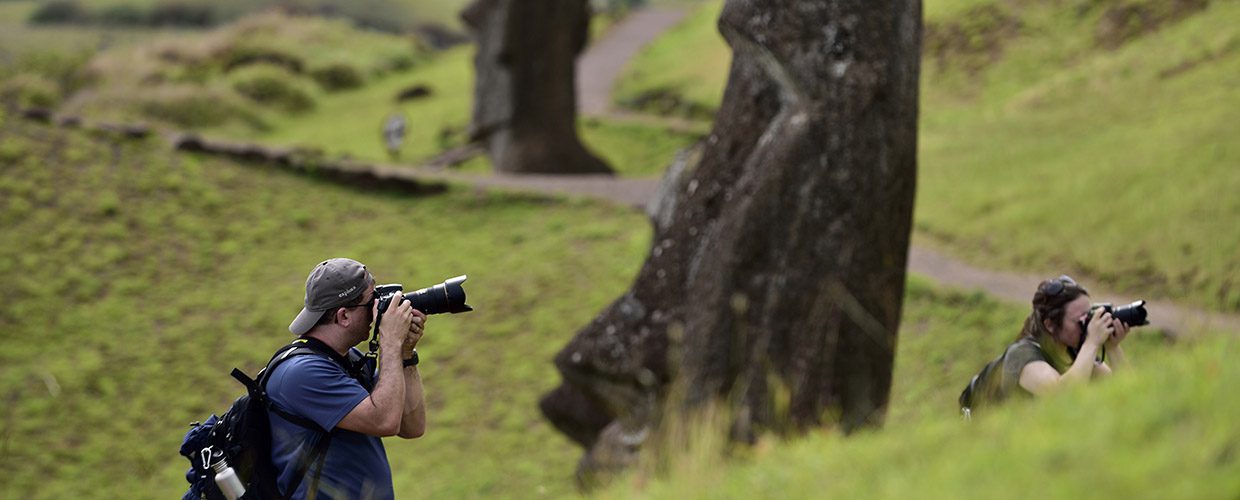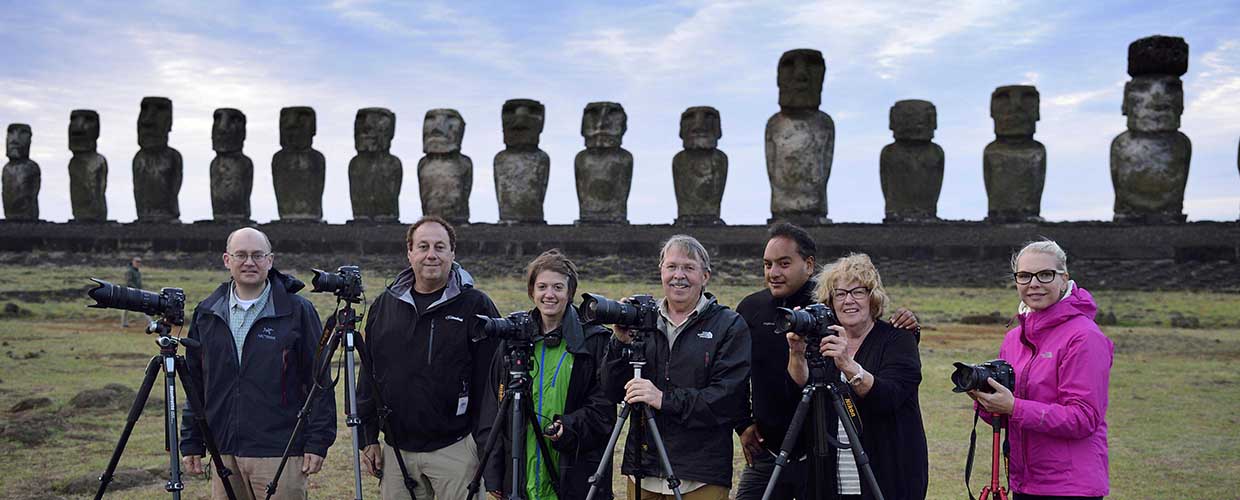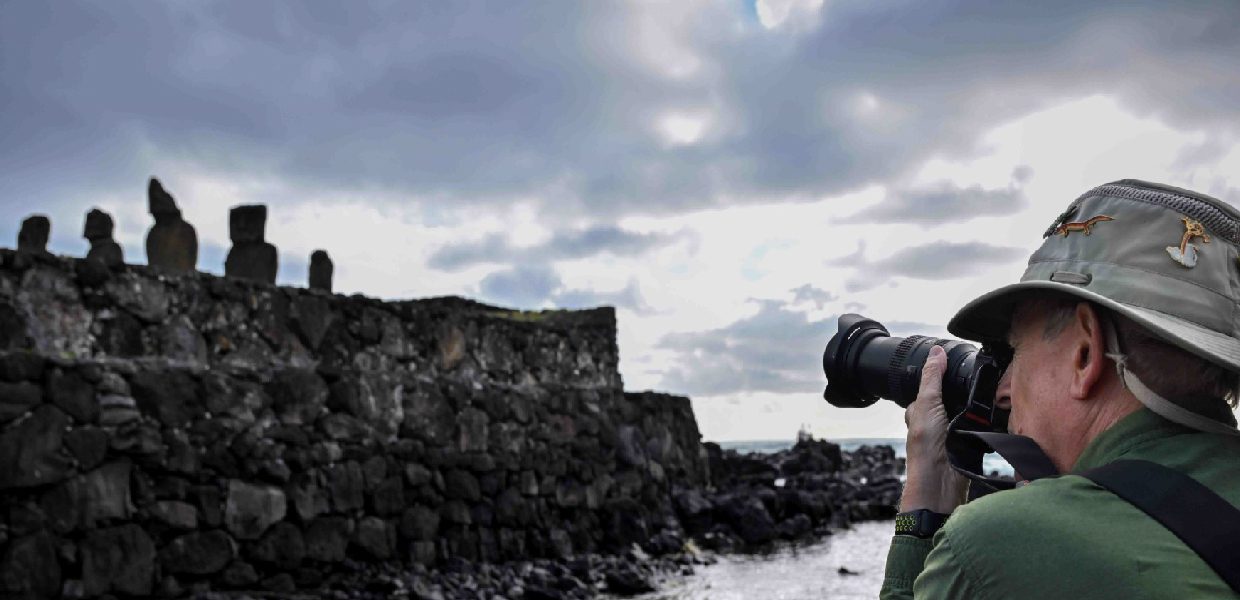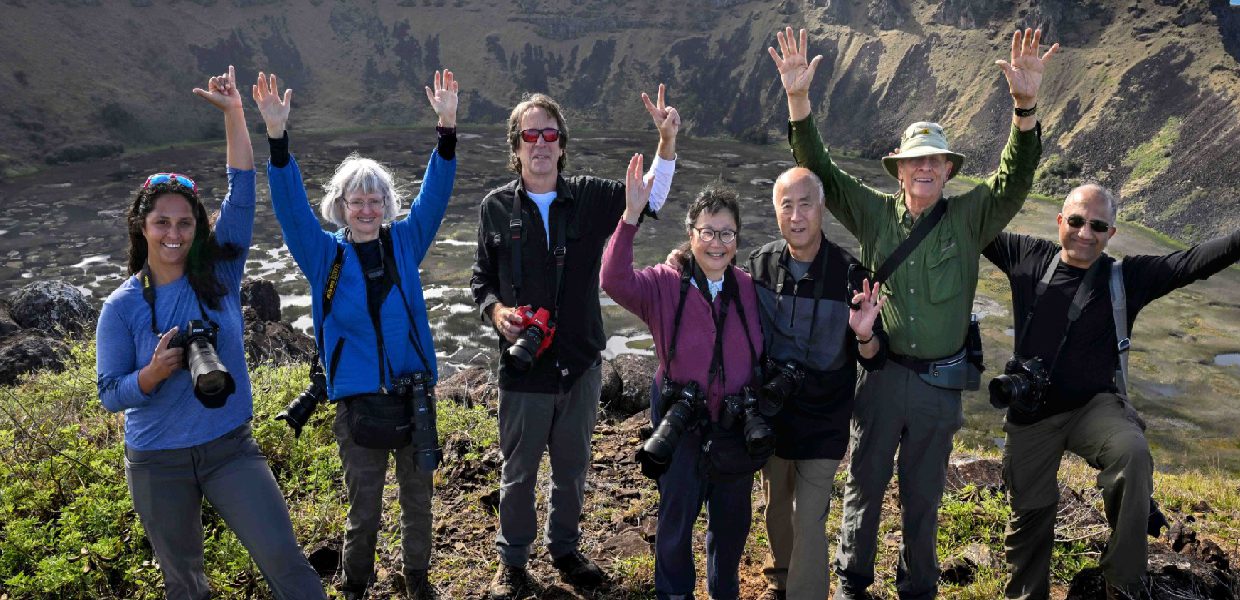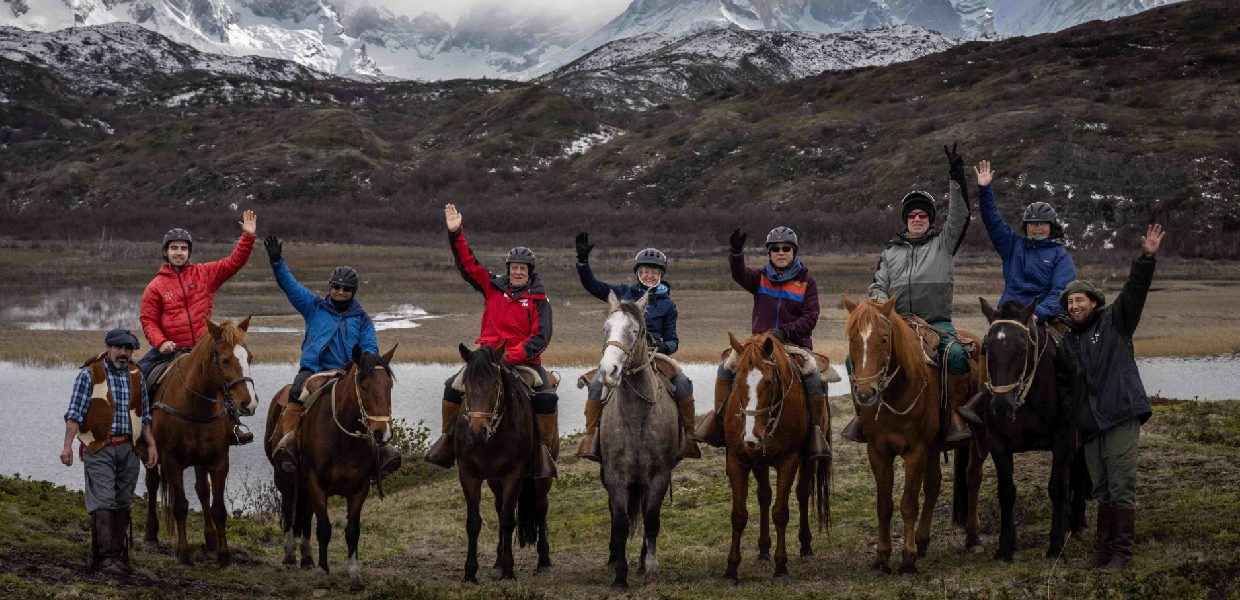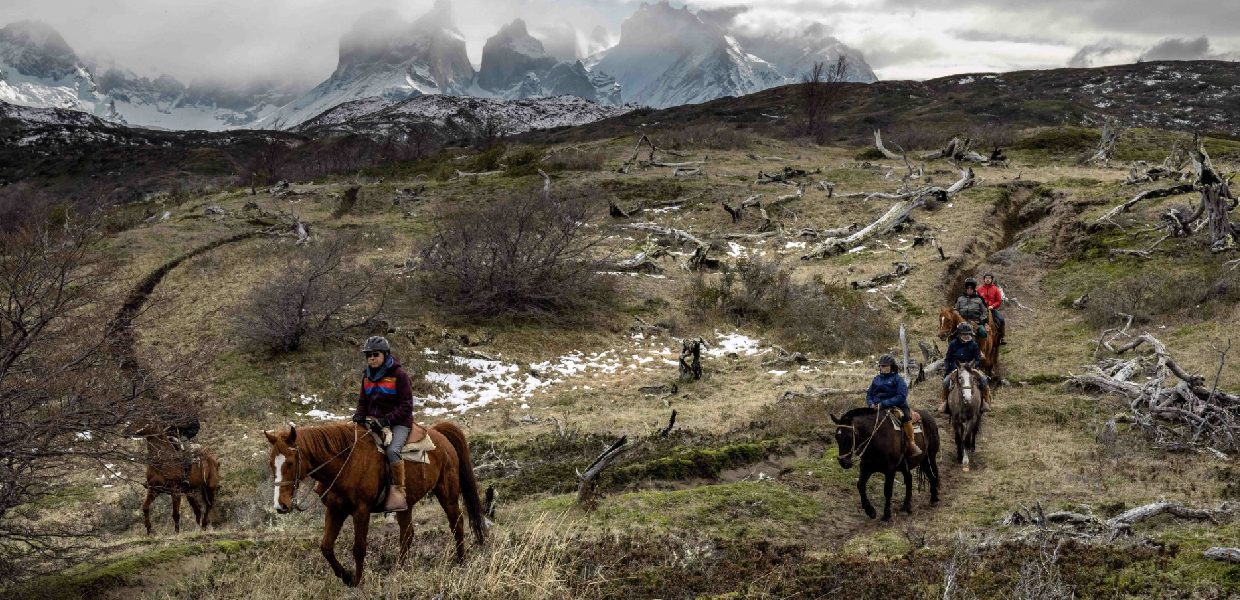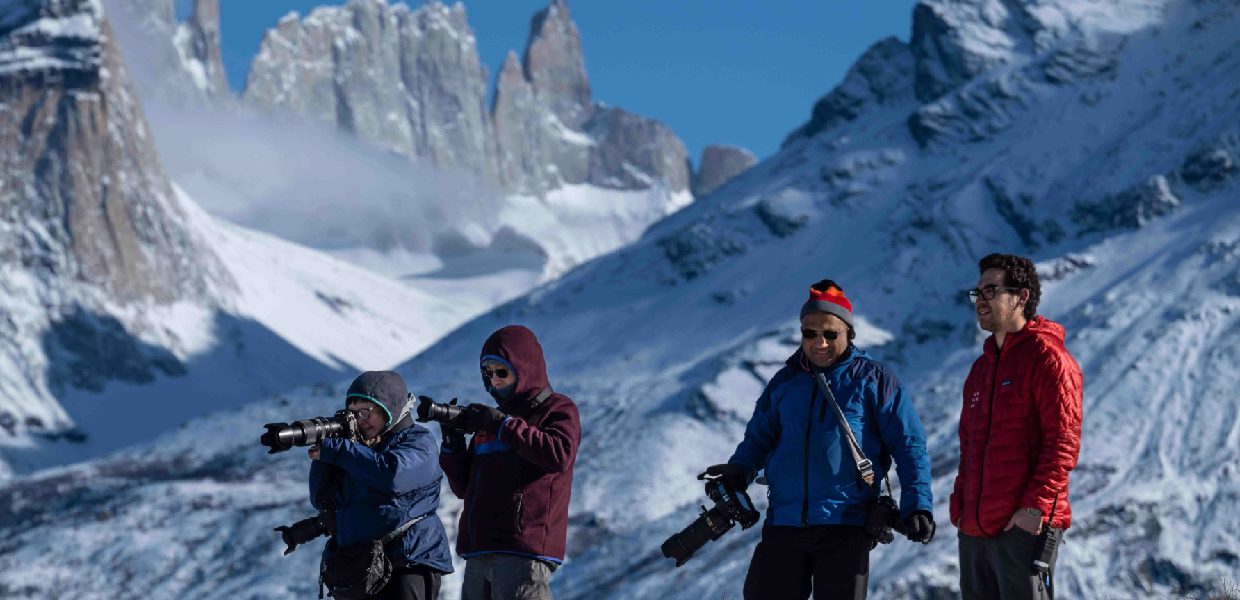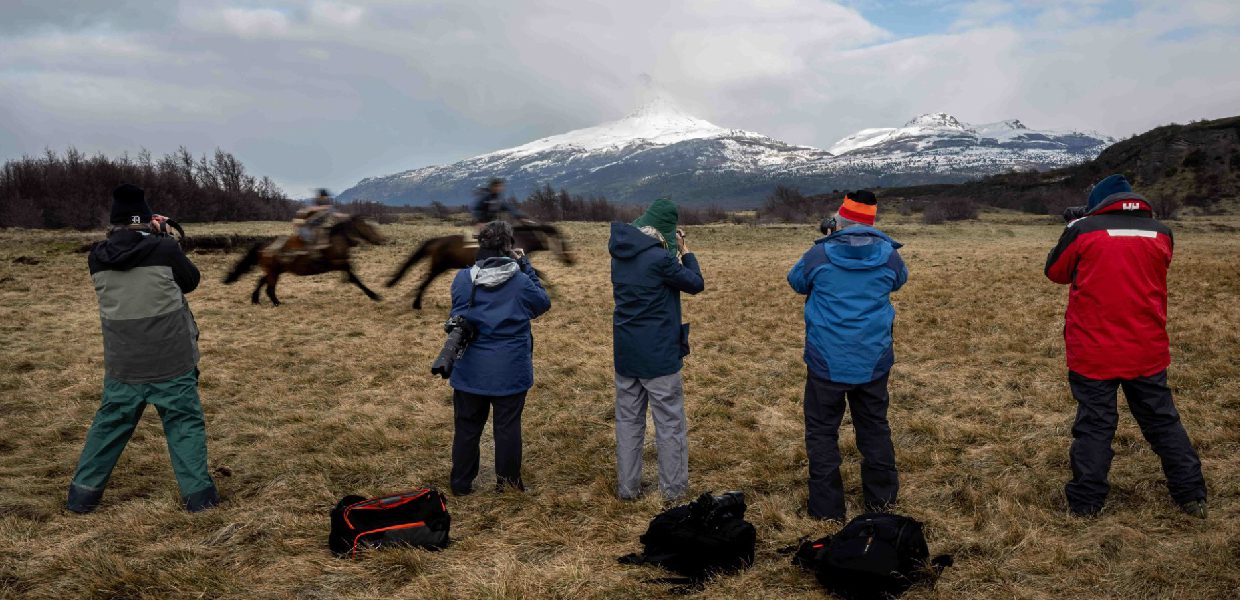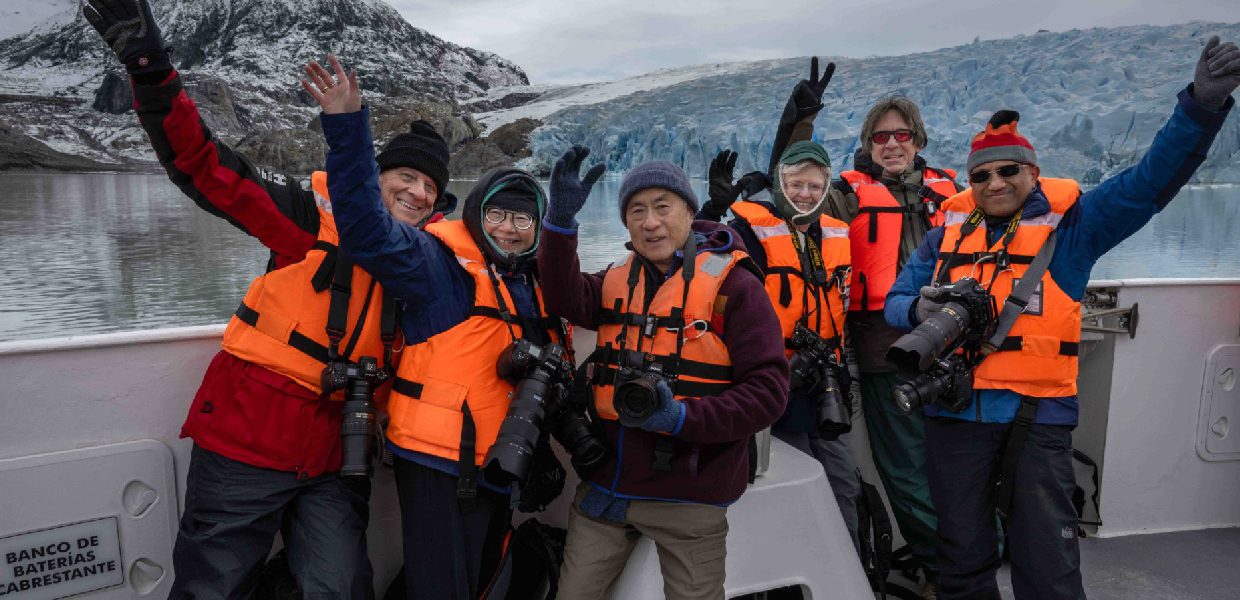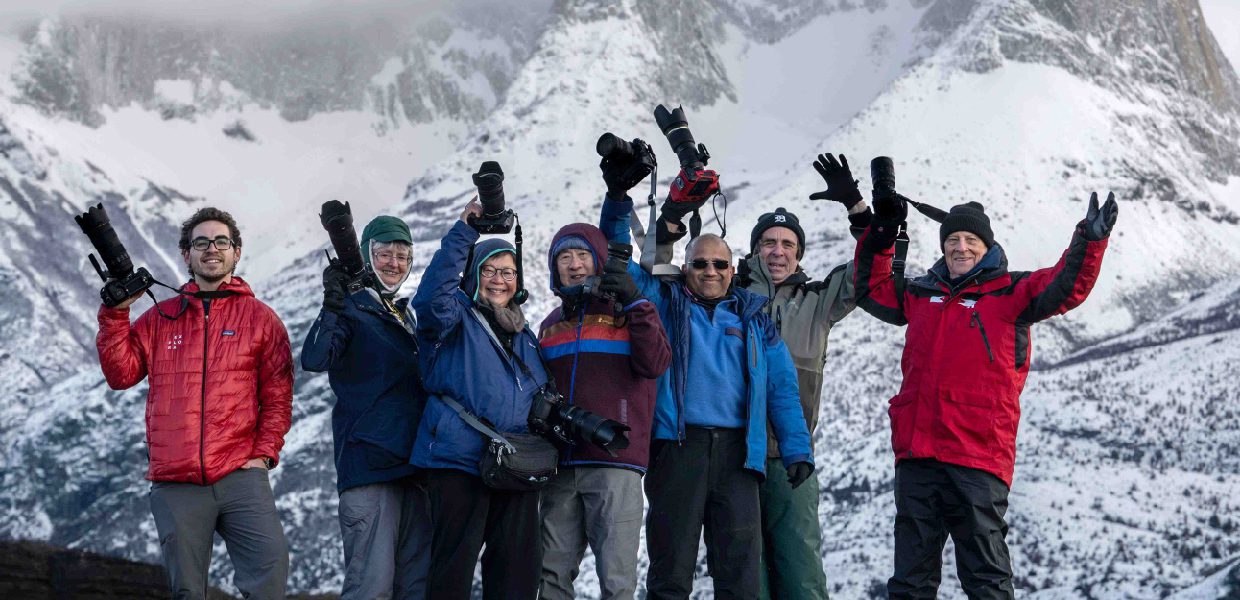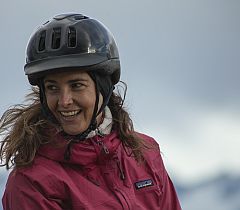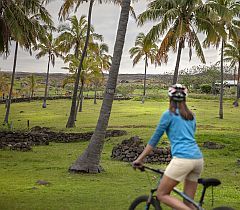The remote territories of South America, with their myriad of colors and extreme contrasts, make for a dream setting for any photographer.
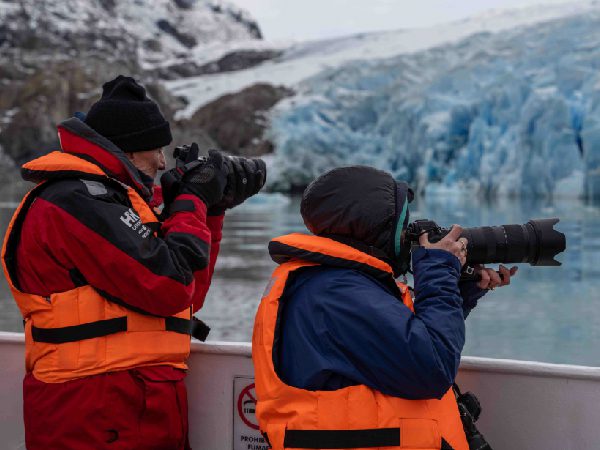
This exceptional experience will give you the opportunity to capture stunning images in some of the most breathtaking natural settings in South America while perfecting your photographic skills and techniques.
This program is designed for photographers passionate about photography, nature, and adventure, regardless of their skills and experience.
Explora offers this program in collaboration with photographer Katsuyoshi Tanaka and Nikon.
Language: English.
Patagonia & Easter Island:
Easter Island: May 6th to 10th. 2025 (4 nights / 5 days)
Patagonia: May 11th to 16th. 2025 (5 nights / 6 days)
If you would like more information about our programs, please contact our reservations team via email at reserve@explora.com or by phone at +56 2 2395 2800.
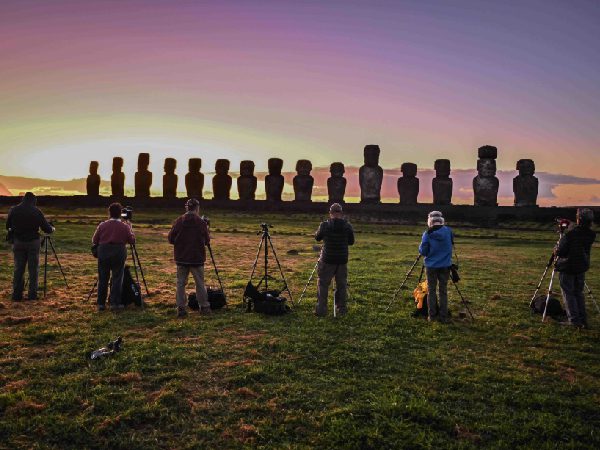
This photography program includes:
- Transfers to and from the airport
- Accommodation: 5 nights in Torres del Paine and 4 nights on Easter Island
- All meals
- Open bar
- Daily explorations
- National park and reserve entrance fees
*Not included: airfare, hotel expenses in Santiago, phone calls from Explora lodges, massages, wine list.
Katsuyoshi Tanaka, originally from Japan, settled in New York in 1993. After working as an assistant for a National Geographic photographer, he began his independent career in 1995. Since then, he has been involved in various magazine, book, and exhibition projects in the United States, Japan, and several other countries.
As a tireless traveler, he has documented traditional cultures and ways of life in various territories, including Europe and South America. In Spain, he photographed bullfighters, in Peru, he captured the descendants of the Incas, and in Brazil, he portrayed the diversity of ethnicities and cultures. He has also documented social issues in the United States, such as education reform and the American penal system.
In recent years, he has photographed various performing arts, including ballet, modern dance, and opera. He organized a series of photographic exhibitions dedicated to the American Ballet Theatre in Tokyo, New York, and Alexandria, Virginia. He also organized an exhibition on Argentine tango at the Ronald Reagan Washington National Airport in 2007, with the full support of the American Red Cross. In 2008, he was commissioned to document the opening of the permanent Cirque du Soleil show in Tokyo, a world-renowned troupe based in Canada.
Tanaka began photographing people and nature throughout Brazil in 2001. In February 2011, he published a photography book titled “BRAZIL – The Poetry of Diversity” with full support from Nikon Inc.
He started documenting Chile in 2005. Fascinated by the grandeur of the landscape, he frequently visited Patagonia, the Atacama Desert, Easter Island, and the Andean highlands with the support of Explora.
To view his work, visit his website: www.katsutanakaphotography.com.
DAY 1Depart Santiago early morning to Punta Arenas.Transfer from the airport in Punta Arenas to explora Patagonia’s Hotel Salto Chico, situated in the heart of the Torres del Paine National Park. The explora Patagonia team will welcome you to the lodge and show you the rooms.You’ll meet the photographer and leader of the expedition, Katsuyoshi Tanaka, along with the explora’s guide to discuss the program.Late afternoon, we will start photographing the massive mountains in the park.Welcome slide presentation and lecture at night.DAY 2Sunrise and lakes: The finest landscape in Torres del Paine National Park, with an astonishing array of mountains and lakes, can be found right in front of the lodge. Wake up early in the morning and you will be able to appreciate the spectacle of the sunrise in Patagonia. During this session, you will learn how to capture the changing light, color and ambience as the sun rises.In the morning, you’ll photograph the magnificent color of the lakes surrounding the lodge and will learn how to frame images with various natural elements to add patterns, shapes and colors (Lake Pehoe and/or Nordenskjold).Grey Glacier: This exploration will take you by boat to Grey Glacier, at the southern end of the Southern Patagonian Ice Field, one of the world’s largest freshwater reserves. (Please note: the boat trip is dependent on weather conditions).DAY 3Quincho & Gaucho culture: In the morning you will head to the explora Quincho to get a closer look at the local gauchos. This is a perfect opportunity to learn how to take portraits and interactive photos.Encounter wildlife: During the afternoon, we will venture into the Nordenskjold Field. Great opportunity to photograph wildlife including herds of Guanaco and wild birds. DAY 4French Valley: This is a full day exploration that combines both adventure and photography. We will leave explora by boat (30 min.) and then walk along the undulating trail that borders Lakes Pehoe and Skottsberg. There are spectacular views of the two lakes, Paine Grande Mountain and the Paine Horns. We thencross the hanging bridge over the French River for the view of French Glacier.DAY 5Micro nature: In the morning, we will head to the wetland area to capture the variety of vegetation, learning micro photography. Other choice of trekking is available depending on the weather condition and guests’ interest.Run, run, run!: Horses will be your best companions in Patagonia and they will certainly add a graceful touch to landscape photography. During this exploration, you will be able to capture them while riding through the fields. If you are up to it, you can even ride yourself !DAY 6Leaving the hotel in the morning, we will take the flight back to Santiago, and stay overnight at a hotel in Santiago airport.
CLOTHING RECOMMENDATIONS
Discover what equipment to bring to Torres del Paine and Easter Island.
RECOMMENDED EQUIPMENT
These expeditions are designed for photographers of all levels who are passionate about photography, nature, and adventure. It is advisable to bring a digital camera, a tripod, and a laptop equipped with software for organizing and sending photos, as we will have daily critique sessions.
On Easter Island and in Patagonia, we have Nikon equipment available for use upon request. Please contact us for more details.
PERSONNEL
Our expeditions are led by Katsuyoshi Tanaka, a photographer based in New York and a specialist in Latin America, who has traveled extensively in Patagonia and the Atacama Desert.
One of Explora’s bilingual guides will also accompany you on each exploration and provide insights into the region’s history, flora, fauna, geography, and other features. All Explora guides are certified and always carry a radio and an emergency kit.
-
Katsuyoshi Tanaka, originally from Japan, settled in New York in 1993. After working as an assistant for a National Geographic photographer, he began his independent career in 1995. Since then, he has been involved in various magazine, book, and exhibition projects in the United States, Japan, and several other countries.
As a tireless traveler, he has documented traditional cultures and ways of life in various territories, including Europe and South America. In Spain, he photographed bullfighters, in Peru, he captured the descendants of the Incas, and in Brazil, he portrayed the diversity of ethnicities and cultures. He has also documented social issues in the United States, such as education reform and the American penal system.
In recent years, he has photographed various performing arts, including ballet, modern dance, and opera. He organized a series of photographic exhibitions dedicated to the American Ballet Theatre in Tokyo, New York, and Alexandria, Virginia. He also organized an exhibition on Argentine tango at the Ronald Reagan Washington National Airport in 2007, with the full support of the American Red Cross. In 2008, he was commissioned to document the opening of the permanent Cirque du Soleil show in Tokyo, a world-renowned troupe based in Canada.
Tanaka began photographing people and nature throughout Brazil in 2001. In February 2011, he published a photography book titled “BRAZIL – The Poetry of Diversity” with full support from Nikon Inc.
He started documenting Chile in 2005. Fascinated by the grandeur of the landscape, he frequently visited Patagonia, the Atacama Desert, Easter Island, and the Andean highlands with the support of Explora.
To view his work, visit his website: www.katsutanakaphotography.com.
-
DAY 1Depart Santiago early morning to Punta Arenas.Transfer from the airport in Punta Arenas to explora Patagonia’s Hotel Salto Chico, situated in the heart of the Torres del Paine National Park. The explora Patagonia team will welcome you to the lodge and show you the rooms.You’ll meet the photographer and leader of the expedition, Katsuyoshi Tanaka, along with the explora’s guide to discuss the program.Late afternoon, we will start photographing the massive mountains in the park.Welcome slide presentation and lecture at night.DAY 2Sunrise and lakes: The finest landscape in Torres del Paine National Park, with an astonishing array of mountains and lakes, can be found right in front of the lodge. Wake up early in the morning and you will be able to appreciate the spectacle of the sunrise in Patagonia. During this session, you will learn how to capture the changing light, color and ambience as the sun rises.In the morning, you’ll photograph the magnificent color of the lakes surrounding the lodge and will learn how to frame images with various natural elements to add patterns, shapes and colors (Lake Pehoe and/or Nordenskjold).Grey Glacier: This exploration will take you by boat to Grey Glacier, at the southern end of the Southern Patagonian Ice Field, one of the world’s largest freshwater reserves. (Please note: the boat trip is dependent on weather conditions).DAY 3Quincho & Gaucho culture: In the morning you will head to the explora Quincho to get a closer look at the local gauchos. This is a perfect opportunity to learn how to take portraits and interactive photos.Encounter wildlife: During the afternoon, we will venture into the Nordenskjold Field. Great opportunity to photograph wildlife including herds of Guanaco and wild birds. DAY 4French Valley: This is a full day exploration that combines both adventure and photography. We will leave explora by boat (30 min.) and then walk along the undulating trail that borders Lakes Pehoe and Skottsberg. There are spectacular views of the two lakes, Paine Grande Mountain and the Paine Horns. We thencross the hanging bridge over the French River for the view of French Glacier.DAY 5Micro nature: In the morning, we will head to the wetland area to capture the variety of vegetation, learning micro photography. Other choice of trekking is available depending on the weather condition and guests’ interest.Run, run, run!: Horses will be your best companions in Patagonia and they will certainly add a graceful touch to landscape photography. During this exploration, you will be able to capture them while riding through the fields. If you are up to it, you can even ride yourself !DAY 6Leaving the hotel in the morning, we will take the flight back to Santiago, and stay overnight at a hotel in Santiago airport.
DAY 7Depart Santiago early morning to Easter Island.Transfer from the airport in Easter Island to explora Rapa Nui, 10 minutes drive from the main town, Hanga Roa. The explora Rapa Nui team will welcome you to the lodge and show you the rooms.Welcome slide presentation and lecture.First encounter with Moai: Program starts with the incredible sunset shoot at Ahu Tahai, where line of famous Moai statues stand on the hill. The sun goes down behind them and it makes impressive silhouette figures.DAY 8Sunrise at Ahu Tangariki: Ahu are the sacred stone platforms for Moai statues. Tangariki has the biggest Ahu on the island with 15 massive Moai. You will try to capture the dramatic sunrise with the statues, learning how to control the changing light, color and ambience.Crushing waves along the coast: One of the fascinating landscapes on the island is the majestic coast with crushing waves. The water looks incredibly blue and the gigantic waves constantly crush into the cliff. You will capture this dynamic scenery.You will also venture into the volcanic high island, photographing the lava-made caves, the rounded hills and mountains with the wild horses running around. Quarry – birthplace of Moai: Most Moais on the island remain at Rano Raralku, the quarry where they were carved. You will learn the history and mystery of Moai making, horn your skill of how to compose the strong images.DAY 9Portrait shoot with local: Meet the local with the pride of their heritage. He or she will present their tattoo and body painting, the artistic and cultural manifestation on the island. Portrait shoot will be arranged and you will learn the model shoot.Volcano and Bridman Village: Largest volcanic crater, Rano Kau, is the most spectacular natural wonder on the island. Walking along the massive crater, you will learn how to position yourself and how to choose the right lens for high impact pictures. You will visit the archaeological site, Orongo, where people used to celebrate the rituals of “Birdman Competition”Night shoot with Moai: One of the highlights of this program is experiencing various night photography. There is no other place in the world where you can experiment in making such unique photos with light painting on Moai and long exposure shot of the Milky Way.DAY 10Visit the town: In the morning, you will visit the island’s main town, Hanga Roa, photographing morning mass at the church, the local market on the street, fishermen at the port.Local Culinary: Food culture on the island is also unique and photogenic. Fresh seafood is sometimes cooked seaside on hot stones.Boat trip to islets: Late afternoon, you will head to the ocean by small boat and capture the crystal clear water. You will witness the 3 sacred islets, which were the center stage of the Birdman cult races.DAY 11Leaving the hotel around noon, we will take the flight back to Santiago, then connecting the flight back home.“The itineraries are subject to modified and changed. We will try all our effort to operate programs as planned, but alterations may still occur based on the weather and other conditions.” -
CLOTHING RECOMMENDATIONS
Discover what equipment to bring to Torres del Paine and Easter Island.
RECOMMENDED EQUIPMENT
These expeditions are designed for photographers of all levels who are passionate about photography, nature, and adventure. It is advisable to bring a digital camera, a tripod, and a laptop equipped with software for organizing and sending photos, as we will have daily critique sessions.
On Easter Island and in Patagonia, we have Nikon equipment available for use upon request. Please contact us for more details.
PERSONNEL
Our expeditions are led by Katsuyoshi Tanaka, a photographer based in New York and a specialist in Latin America, who has traveled extensively in Patagonia and the Atacama Desert.
One of Explora’s bilingual guides will also accompany you on each exploration and provide insights into the region’s history, flora, fauna, geography, and other features. All Explora guides are certified and always carry a radio and an emergency kit.
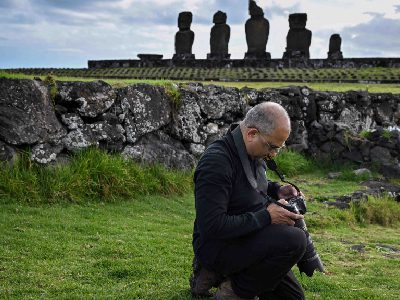
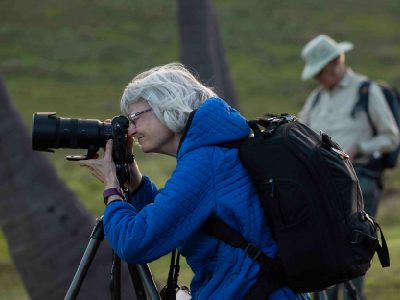
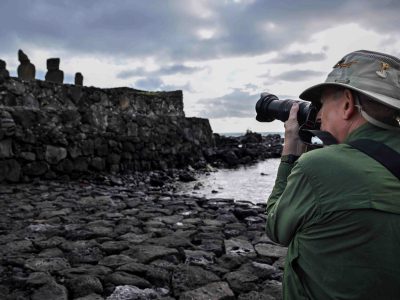
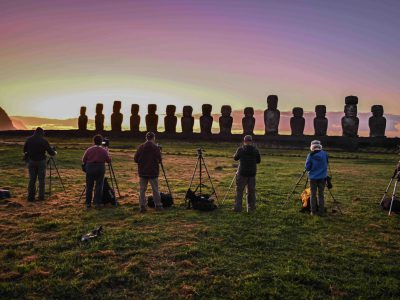
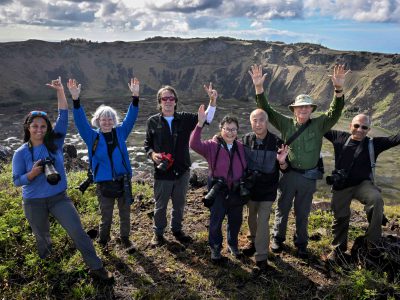
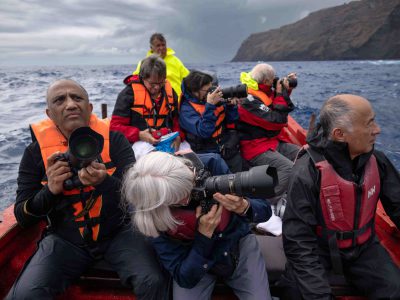
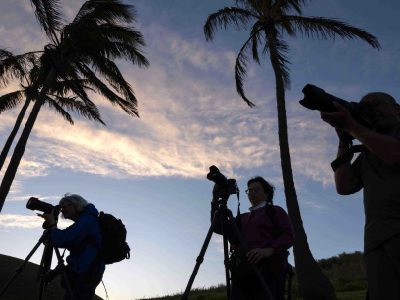
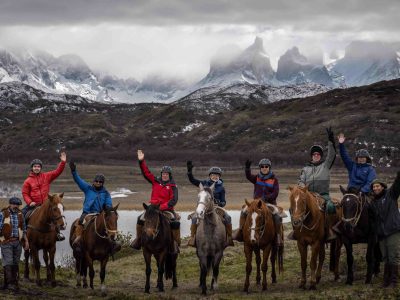
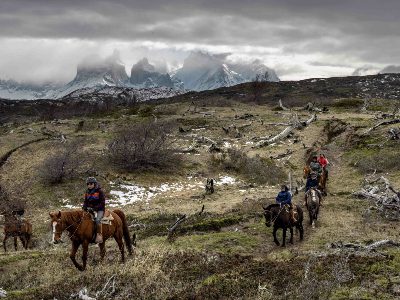
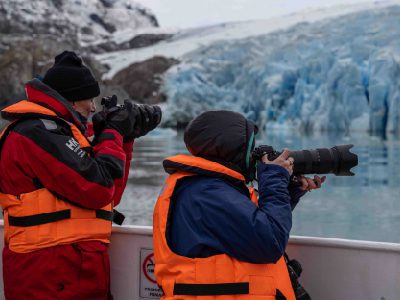
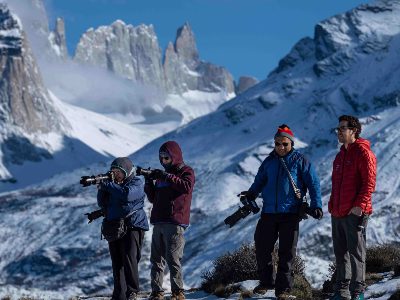
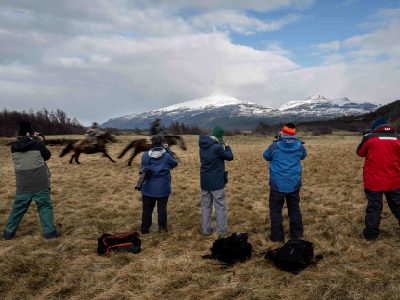
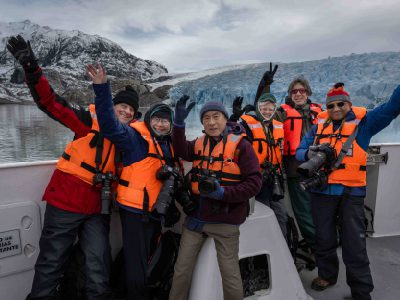
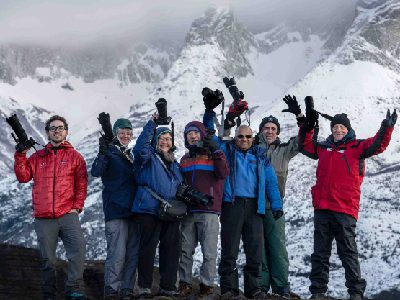
TESTIMONIALS
“Katsu is not only a master of photography, but also an excellent teacher, passionate about his craft. I’ve been taking photos all my life. In 10 days with him, I learned more than I had in several decades.” Hakam Kayasseh, Texas.
“This is a five-star program full of adventures, with the best teacher, personalized attention, and some of the most beautiful places on the planet! It’s the opportunity to do what you’ve been dreaming of.” James Martellotti, Tustin, California.
